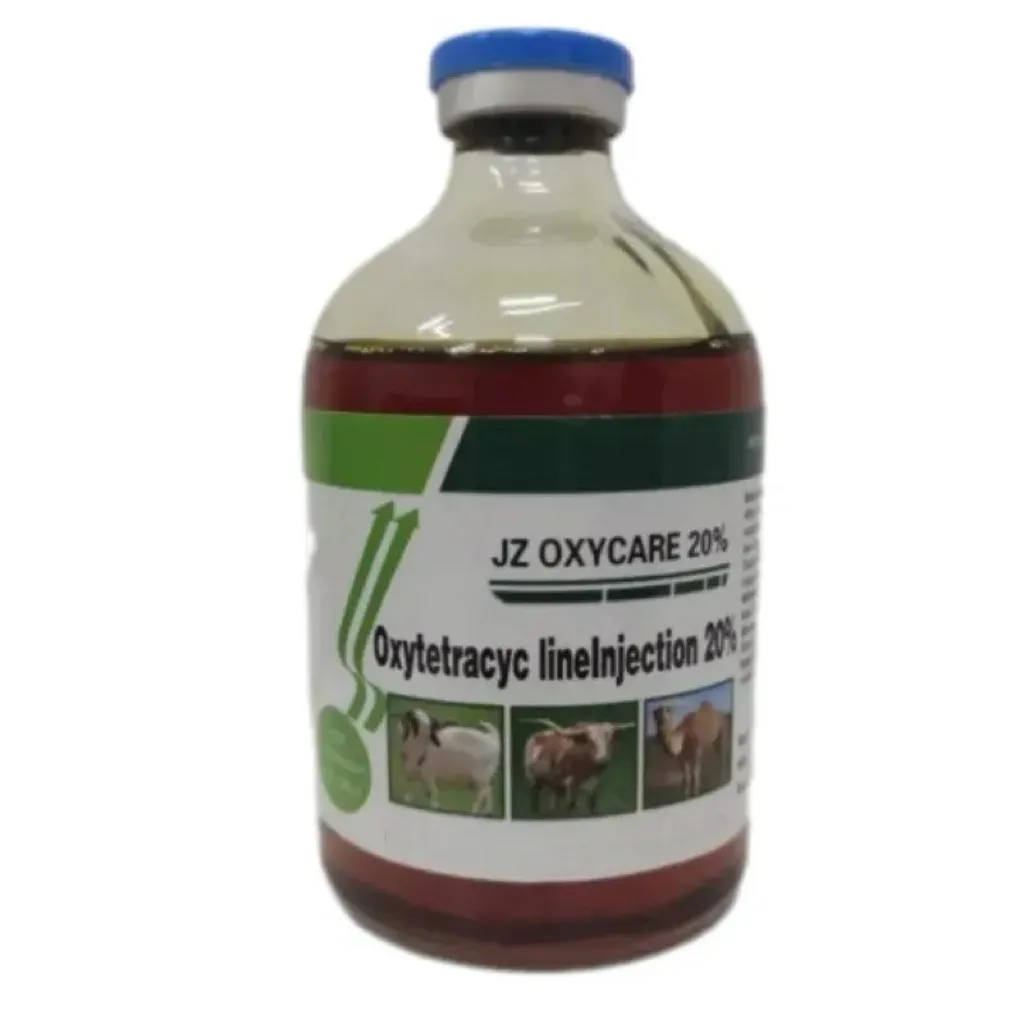- Afrikaans
- Albanian
- Amharic
- Arabic
- Armenian
- Azerbaijani
- Basque
- Belarusian
- Bengali
- Bosnian
- Bulgarian
- Catalan
- Cebuano
- Corsican
- Croatian
- Czech
- Danish
- Dutch
- English
- Esperanto
- Estonian
- Finnish
- French
- Frisian
- Galician
- Georgian
- German
- Greek
- Gujarati
- Haitian Creole
- hausa
- hawaiian
- Hebrew
- Hindi
- Miao
- Hungarian
- Icelandic
- igbo
- Indonesian
- irish
- Italian
- Japanese
- Javanese
- Kannada
- kazakh
- Khmer
- Rwandese
- Korean
- Kurdish
- Kyrgyz
- Lao
- Latin
- Latvian
- Lithuanian
- Luxembourgish
- Macedonian
- Malgashi
- Malay
- Malayalam
- Maltese
- Maori
- Marathi
- Mongolian
- Myanmar
- Nepali
- Norwegian
- Norwegian
- Occitan
- Pashto
- Persian
- Polish
- Portuguese
- Punjabi
- Romanian
- Russian
- Samoan
- Scottish Gaelic
- Serbian
- Sesotho
- Shona
- Sindhi
- Sinhala
- Slovak
- Slovenian
- Somali
- Spanish
- Sundanese
- Swahili
- Swedish
- Tagalog
- Tajik
- Tamil
- Tatar
- Telugu
- Thai
- Turkish
- Turkmen
- Ukrainian
- Urdu
- Uighur
- Uzbek
- Vietnamese
- Welsh
- Bantu
- Yiddish
- Yoruba
- Zulu
Dec . 03, 2024 15:14 Back to list
what is the most common chronic lung disease
The Most Common Chronic Lung Disease Chronic Obstructive Pulmonary Disease (COPD)
Chronic lung diseases are a significant cause of morbidity and mortality globally. Among these, Chronic Obstructive Pulmonary Disease (COPD) stands out as the most prevalent chronic lung condition, affecting millions of people worldwide. Understanding its characteristics, causes, symptoms, treatments, and management strategies is essential for both patients and healthcare providers.
What is COPD?
COPD is a progressive lung disease characterized by persistent respiratory symptoms and airflow limitation due to airway and/or alveolar abnormalities. It encompasses a range of conditions, primarily chronic bronchitis and emphysema. Chronic bronchitis involves inflammation of the airway lining, leading to mucus production and a persistent cough, while emphysema is characterized by the destruction of the lung’s air sacs (alveoli), which impairs gas exchange.
Causes and Risk Factors
The primary cause of COPD is exposure to harmful substances that damage the lungs. The most significant risk factor is smoking, which accounts for approximately 85-90% of COPD cases. Both active smoking and exposure to secondhand smoke contribute significantly to the development of the disease. Other factors include long-term exposure to air pollutants, occupational dusts and chemicals, and indoor pollutants such as biomass fuel used for cooking.
Genetic factors can also play a role, with a rare condition called Alpha-1 Antitrypsin Deficiency leading to early onset COPD. Additionally, a history of respiratory infections during childhood can predispose individuals to develop COPD later in life.
Symptoms
COPD symptoms typically develop gradually and may be mistaken for normal aging or other health issues. Common symptoms include
- Chronic cough Often recurring and can be accompanied by mucus production. - Shortness of breath This symptom worsens over time, particularly during physical activities. - Wheezing A high-pitched whistling sound when breathing. - Chest tightness Feelings of pressure or discomfort in the chest.
As the disease progresses, these symptoms can severely impact daily activities and overall quality of life.
Diagnosis
what is the most common chronic lung disease

Diagnosis of COPD involves a combination of patient history, physical examination, and diagnostic tests. A key component is spirometry, a simple test that measures lung function by assessing how much air a patient can exhale after taking a deep breath. This helps determine the severity of airflow limitation. Imaging tests, such as chest X-rays or CT scans, may also be utilized to observe lung structure and rule out other conditions.
Treatment and Management
While there is currently no cure for COPD, effective management strategies can help alleviate symptoms and slow the progression of the disease
.1. Smoking cessation The most critical step for patients who smoke is to quit. Various resources, including counseling, medications, and support groups, can aid in this process. 2. Medications bronchodilators, either short-acting or long-acting, help relax the muscles around the airways, making it easier to breathe. Inhaled corticosteroids may also be prescribed to reduce inflammation.
3. Pulmonary rehabilitation This program combines education, exercise training, nutrition advice, and counseling to help individuals manage their condition and improve their quality of life.
4. Oxygen therapy For those with low levels of oxygen in their blood, supplemental oxygen can relieve strain on the heart and improve overall well-being.
5. Surgery In severe cases, surgical options like lung volume reduction surgery or lung transplantation may be considered when other treatments have failed.
Living with COPD
Living with COPD requires ongoing care and lifestyle adjustments. Patients are encouraged to engage in regular exercise, maintain a healthy diet, and avoid respiratory irritants. Psychological support can also be beneficial, as chronic diseases can lead to feelings of anxiety and depression.
Conclusion
Chronic Obstructive Pulmonary Disease remains the most common chronic lung disease, affecting millions across the globe. Recognizing its symptoms, understanding the risk factors, and adhering to treatment plans can help individuals manage the condition effectively. Through early intervention and comprehensive care, many patients can lead fulfilling lives despite their diagnosis.
-
Guide to Oxytetracycline Injection
NewsMar.27,2025
-
Guide to Colistin Sulphate
NewsMar.27,2025
-
Gentamicin Sulfate: Uses, Price, And Key Information
NewsMar.27,2025
-
Enrofloxacin Injection: Uses, Price, And Supplier Information
NewsMar.27,2025
-
Dexamethasone Sodium Phosphate Injection: Uses, Price, And Key Information
NewsMar.27,2025
-
Albendazole Tablet: Uses, Dosage, Cost, And Key Information
NewsMar.27,2025













